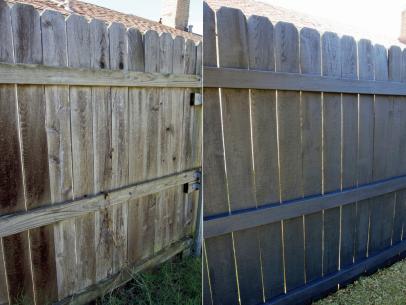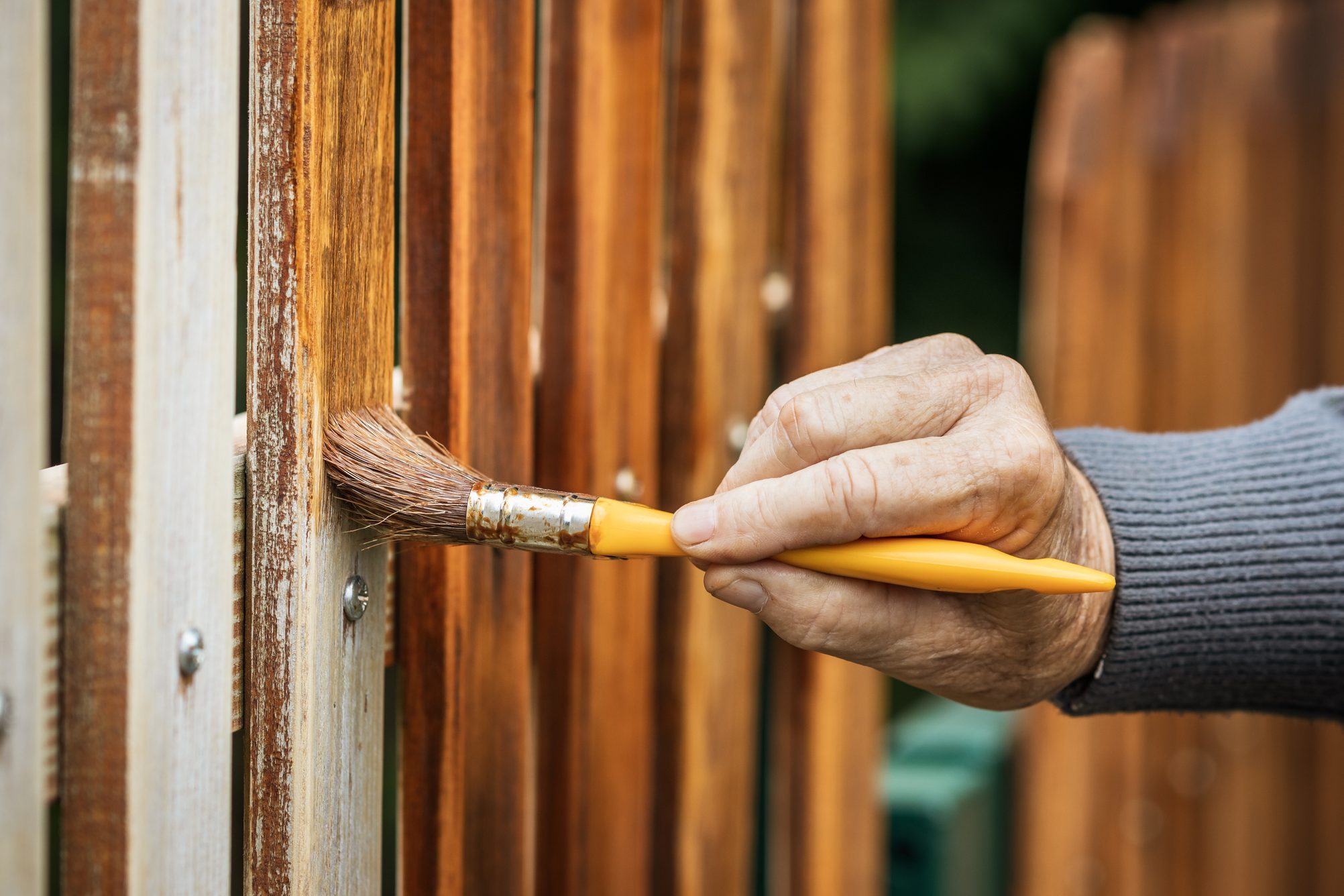Just How to Accomplish Professional Results With Deck Discoloration
In the realm of outside maintenance, attaining specialist results with deck discoloration is a job that requires precision and treatment. The process of transforming an aging deck into a revitalized outdoor room needs greater than just a coat of stain; it necessitates a methodical technique and interest to detail. From selecting the ideal stain for your deck's wood type to mastering the application strategy, each step plays a critical function in the last outcome. As we start this journey to raise the aesthetic appeals and long life of your outside refuge, understanding the nuances of deck staining will be the cornerstone of your success.
Picking the Right Discoloration
Choosing the proper tarnish for your deck is a crucial decision that dramatically affects the overall appearance and longevity of the finish. When picking a stain for your deck, it is vital to consider both the visual choices and the functional facets of the item. The very first consideration is whether you choose a transparent, semi-transparent, or strong shade tarnish. Transparent spots allow the all-natural appeal of the timber to show through however use less UV protection. Semi-transparent spots offer a compromise in between shade and wood grain exposure while providing modest UV security. Solid shade discolorations, on the various other hand, give one of the most UV security and supply a wide variety of shade options but will entirely hide the timber grain.

Furthermore, think about the kind of timber your deck is made of, as various spots are formulated to function best with specific wood types. Recognizing the level of maintenance you are prepared to commit to is also vital, as some discolorations may require even more constant reapplication than others. By thoroughly taking into consideration these elements, you can select a tarnish that not just boosts the look of your deck however additionally shields it for many years to come.
Preparing the Deck Surface
When considering deck discoloration, the preliminary action towards accomplishing professional outcomes includes thoroughly preparing the deck surface area. Effectively preparing the deck surface is essential as it makes certain that the stain adheres well and gives durable defense to the timber.
Sanding the deck surface is additionally important to smooth out any kind of rough locations and open up the wood pores for far better stain penetration. Utilize a medium-grit sandpaper to sand the deck in the direction of the wood grain.
Finally, protect any type of nearby plants, furnishings, or surfaces from prospective damages by covering them with plastic bed linen or ground cloth. Putting in the time to extensively prepare the deck surface area sets the foundation for an effective staining work and ensures professional-looking results.
Using the Spot
To achieve a professional coating when staining a deck, thorough application of the stain is crucial. Start by making certain perfect weather - a completely dry day with temperatures between 50-90 ° F is optimal. Before beginning, thoroughly stir the tarnish to guarantee an also consistency. Make use of a roller, brush, or sprayer , depending on the size and complexity of the deck. Start applying click here for more info the tarnish in the outermost edge from your departure indicate prevent tipping on newly discolored areas. Work in manageable sections, normally 2-3 boards at a time, moving along the length of the boards to protect against lap marks. Use the discolor uniformly, following the wood's grain to enhance the deck's natural charm. Be cautious for see this drips, merging, or uneven coverage, smoothing them out without delay. Permit the very first layer to completely dry entirely prior to thinking about a 2nd coat if needed. Bear in mind to follow the supplier's directions relating to drying times and clean-up. By using the discolor meticulously, you'll attain a professional-looking coating that improves both the look and longevity of your deck.
Ensuring Proper Drying Time
Guaranteeing sufficient drying out time post-staining is crucial to the general success of the deck task, as it allows the discolor to appropriately set and bond with the timber surface. Hurrying this stage can lead to a variety of issues, including irregular coloring, poor adhesion, and a shorter lifespan for the finish. The drying out time called for can vary based upon elements such as the sort of tarnish utilized, weather, and the porosity of the wood. As a basic guideline, a lot of deck spots will certainly require at the very least 24-48 hours to dry fully.
During this drying out period, it is important to keep the deck surface area free from any foot web traffic, furniture, or various other items that might interrupt the surface. Taking the time to make sure complete drying will certainly add significantly to the durability and appearance of your tarnished deck.
Maintaining Your Discolored Deck
Proper maintenance of a discolored deck is crucial for maintaining the honesty and appearance of the surface accomplished through extensive drying out - fence staining franklin. To keep your discolored deck efficiently, routine cleansing is crucial. Sweep away particles and dirt regularly to avoid discoloration and mold growth. Consider using a gentle detergent combined with water to scrub the surface and eliminate any kind of built-up crud. It is a good idea to clean your deck at the very least two times a year, ideally in the spring and loss, to keep it looking vivid and fresh.

Conclusion
In conclusion, attaining professional outcomes with deck discoloration entails picking the appropriate tarnish, appropriately preparing the deck surface area, applying the tarnish uniformly and continually, permitting adequate drying time, and maintaining the stained deck frequently. By adhering to these actions thoroughly and diligently, you can make sure a magnificently tarnished deck that improves the look and longevity of your exterior area.

Correct maintenance of a discolored deck is necessary for protecting the integrity and look of the finish achieved through complete drying out.